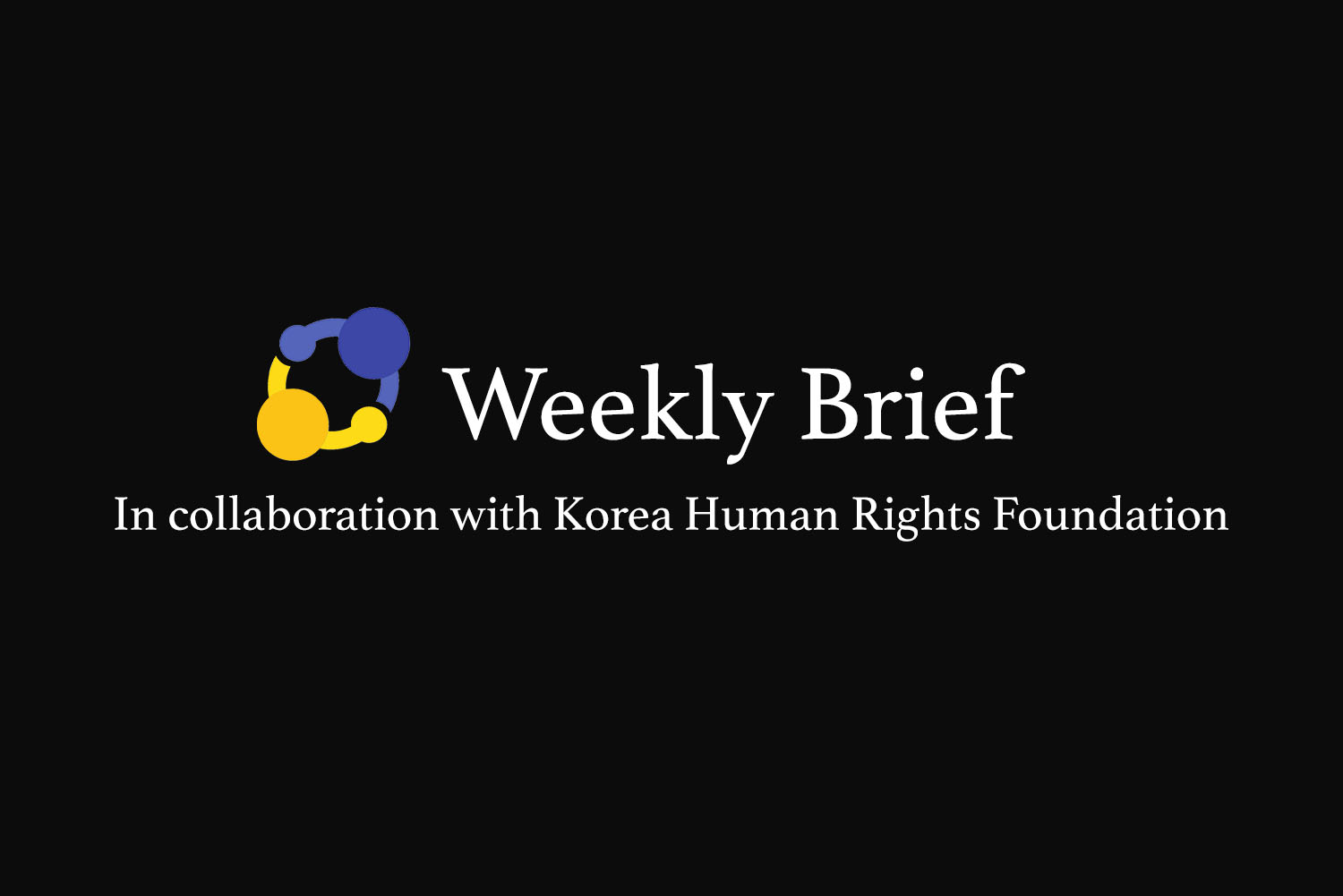On its website, Seoul’s Gwangjin District has a map scattered with a total of 99 red pins that make the landscape look like it has broken out in heat rash. But contrary to its heated appearance, the red shapes denote air conditioned oases where people without other options can escape the sweltering weather. The purpose of the map is to alert residents to the locations of heat shelters, air conditioned spaces where anyone can cool off for a while.


